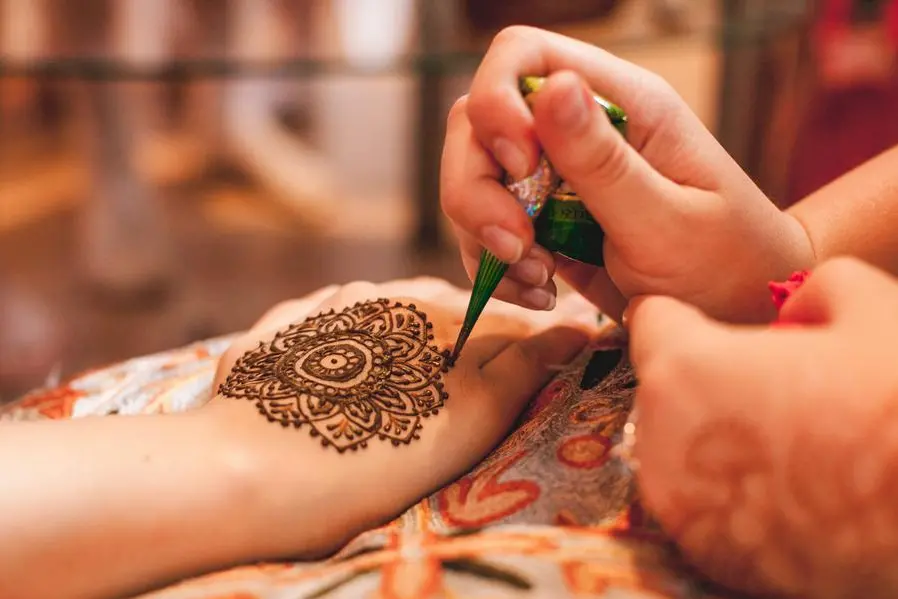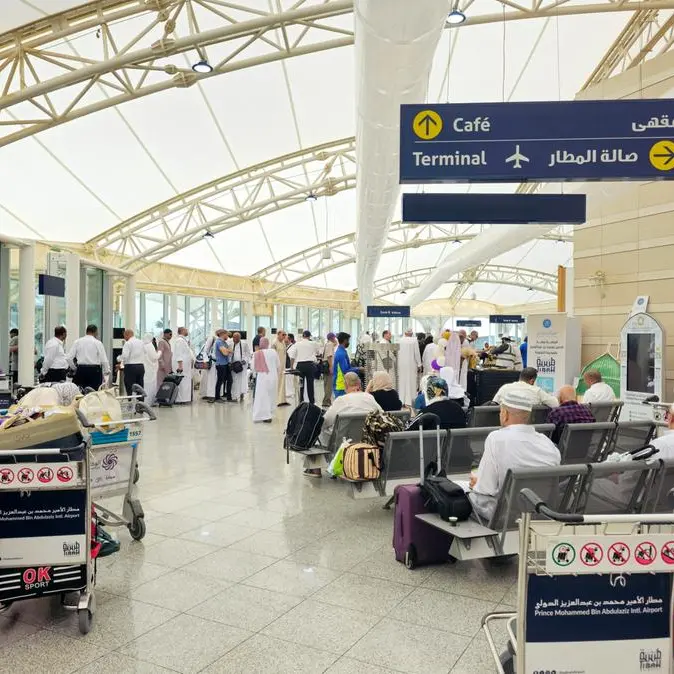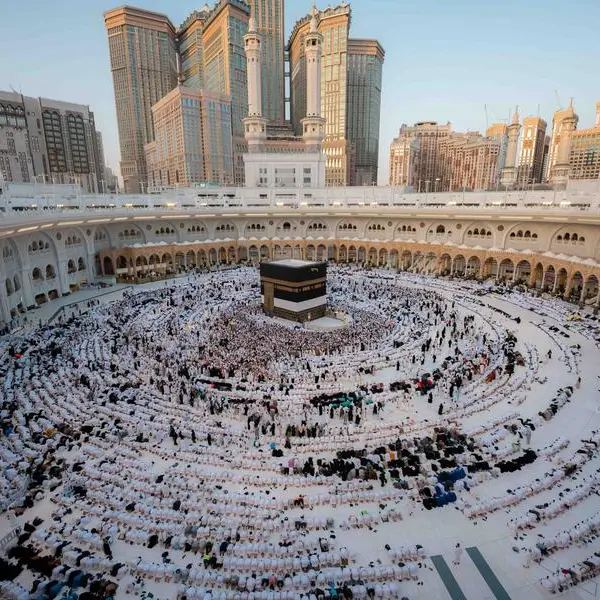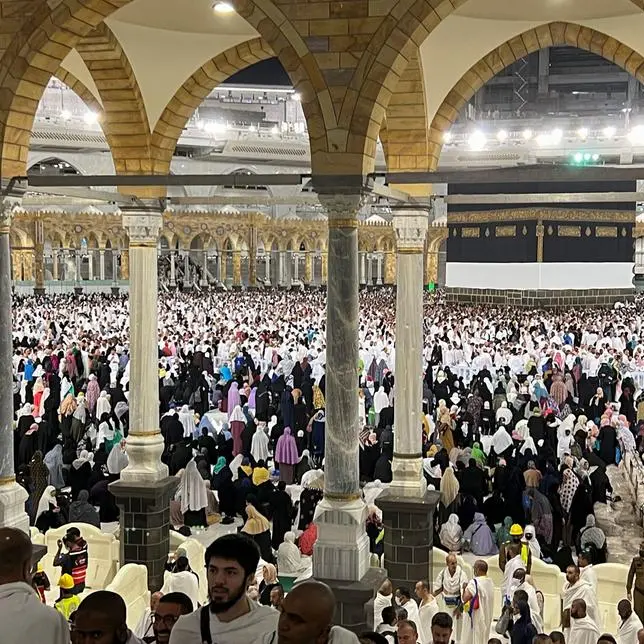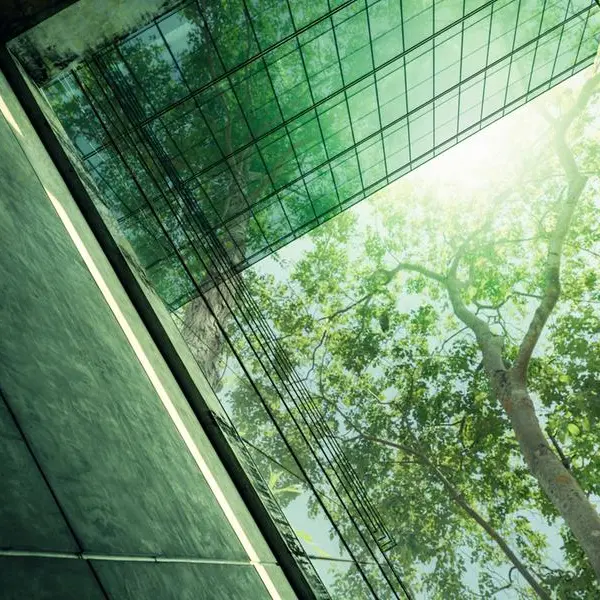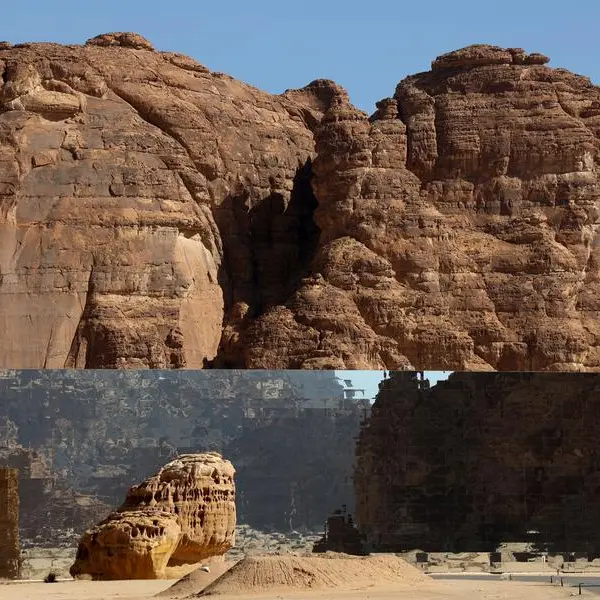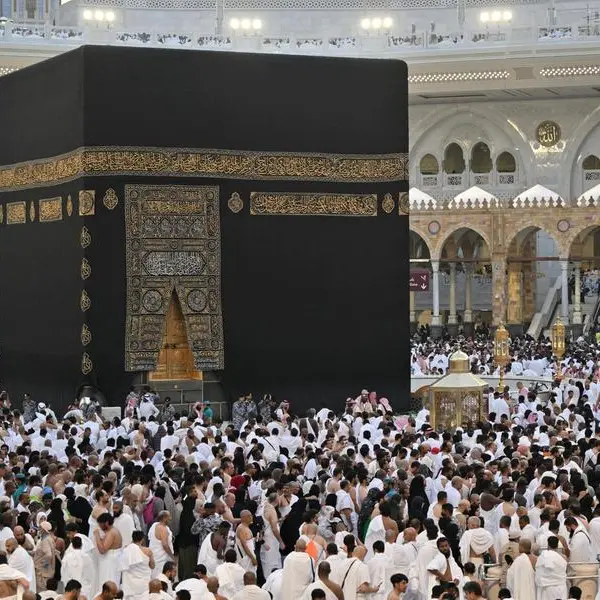PHOTO
Nothing says Eid like the intricately decorated orange stains of henna. Come Eid, the calendars of every henna artist and salon in the UAE are packed with clients seeking to celebrate the festival with the best designs in town.
“My last week of Ramadan is already booked, and I had to choose group bookings instead of single appointments since it’s challenging to cater to demands during the Eid season,” said Dubai-based henna artist Hariya Sheikh.
According to Hariya, she is not taking any more new orders right now. “My bookings for Eid were full by the beginning of Ramadan,” she said. “I have closed orders till Eid.”
Meanwhile, homemaker Manal Mansoor is looking at another year of staying awake till 3am. Talented at henna application, she says her demand soars among family members during the Eid. “From two days before Eid, I have a continuous stream of guests including my neighbours, my sisters-in-law and their kids, coming,” she said.
“The day before Eid, I have little and big hands to put henna [on] for until well past midnight. I barely get two or three hours of sleep before heading for Eid prayers. The last hand that I put henna for is mine; by then, it is almost 3am. Some years I don’t even have time for that.”
First used in the Arabian Peninsula, Egypt and the Indian subcontinent, henna, or mehendi, is derived from the leaves of henna shrub. Its reddish-brown stain has been historically used to dye hair, fingernails and the skin. Henna is also an integral part of weddings and celebrations across the world.
Designs
As per industry experts, the demand for designs varies widely. “The designs usually depend on nationalities, cultures and occasions,” said Zahabia, the founder of Zahabiya Makeover Lounge salon. “While some prefer Indian designs, others prefer Arabic, [and some] prefer a mix of the two designs.”
While Indian henna designs comprise of intricate, fine, lacy features and circles, Arabic designs are made of larger floral patterns.
Henna artist Mohsina Mustafa has seen a general trend this year. “Minimal yet elegant designs are the most trending this Eid,” she said. “However, some clients may have individual preferences for either Arabic or Indian designs, as they are usually the popular ones.”
Meanwhile, Hariya has crafted her own designs for the festive period. “My own signature style of an Indo-Arabic design is the most popular,” she said. “Almost 90 per cent of my henna clients for Eid have chosen this specific style.”
Organic
For most henna artists, organic has been the way to go in recent times. Henna artist Uzma Chand says most of her clients have become more conscious of this recently. “Over the last few years, we have noticed that clients prefer homemade organic cones as opposed to store bought ones, even if it means a lighter shade,” she said.
“I guess people have become more aware of what they want to put on their bodies since the Covid pandemic. So I try to source the best cones for my clients.”
The price of henna designs also varies widely depending on a number of factors. According to Marwa Hassan of Al Hanoof salon, the rates of henna designs differ according to the style of design and the area covered.
“Some people want henna till their elbows, while others only want [it on] their palm,” she said. “The rate can range from anything from Dh50 to Dh200.”
For most artists, time is the most important factor when considering pricing. “I like to ensure maximum attention is given to the design and application, so it takes me an average of one hour per client,” said Mohsina. “The time also depends on the intricacy of the design and how many sides of the hand they would want to apply. During peak Eid rush time, I am attending to about 10 clients per day.”
Hariya agreed with her. “On an average, it takes about 1-3 hours to finish a henna client,” she said. “[An] individual booking takes around 1-hour, while party henna bookings [take] 2 hours.”
Copyright © 2022 Khaleej Times. All Rights Reserved. Provided by SyndiGate Media Inc. (Syndigate.info).
